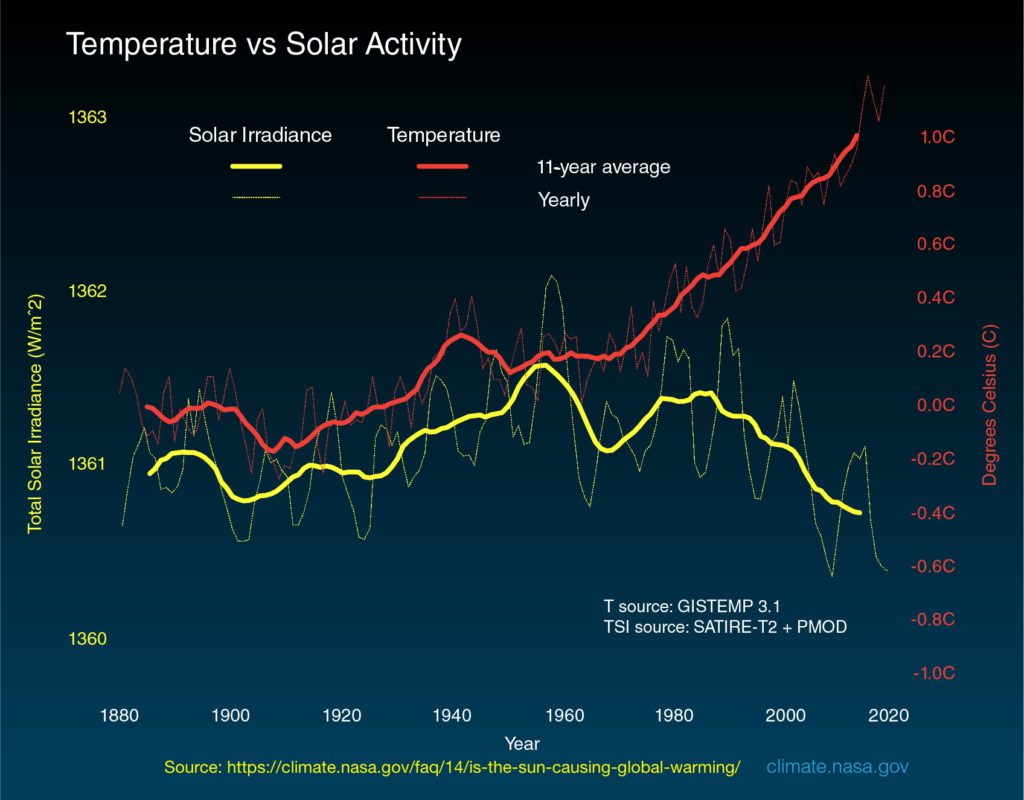Going Forward:
Word of Caution for those who install Solar Power
As Solar irradiance is falling, or will fall during Solar 25, you should keep that in mind while modelling.
The output voltage, current and power of PV system vary as the functions of solar irradiation.
The performance of PV systems is highly affected by internal and external factors such as the structural features, aging, radiation, shading, temperature, wind, pollution and cleanliness. Dust is increasing in the environment.
Hussain, A., Batra, A. & Pachauri, R. concluded that a uniform layer of 10 g accumulated on solar PV module can reduce its power up to 25% and when module is accumulated uniformly with 50 g of dust then power is reduced approximately 55–63%.
Abdoulatif Bonkaney, Saïdou Madougou, Rabani Adamou concluded that the effect of cloud cover is immediate with a drop in global solar irradiance and hence in power output for a short time, while the effect of dust accumulation has a long-term effect.
Solcast provides Solar Data and Forecasts. I am not sure if they give 25 year forecast, the time period for which solar developers calculate their returns.
In India too researchers are studying impact of cloud, dust etc on solar power. One of the research paper I found “Solar Energy Estimations in India Using Remote Sensing Technologies and Validation with Sun Photometers in Urban Areas”
So developers and researchers should collaborate while calculating Solar power output and study the impact of Solar 25 on Solar Power.
Ice age or not, we do not want a power crisis, because electricity can provide cooling as well as heating. But if not electricity, then we are doomed.







